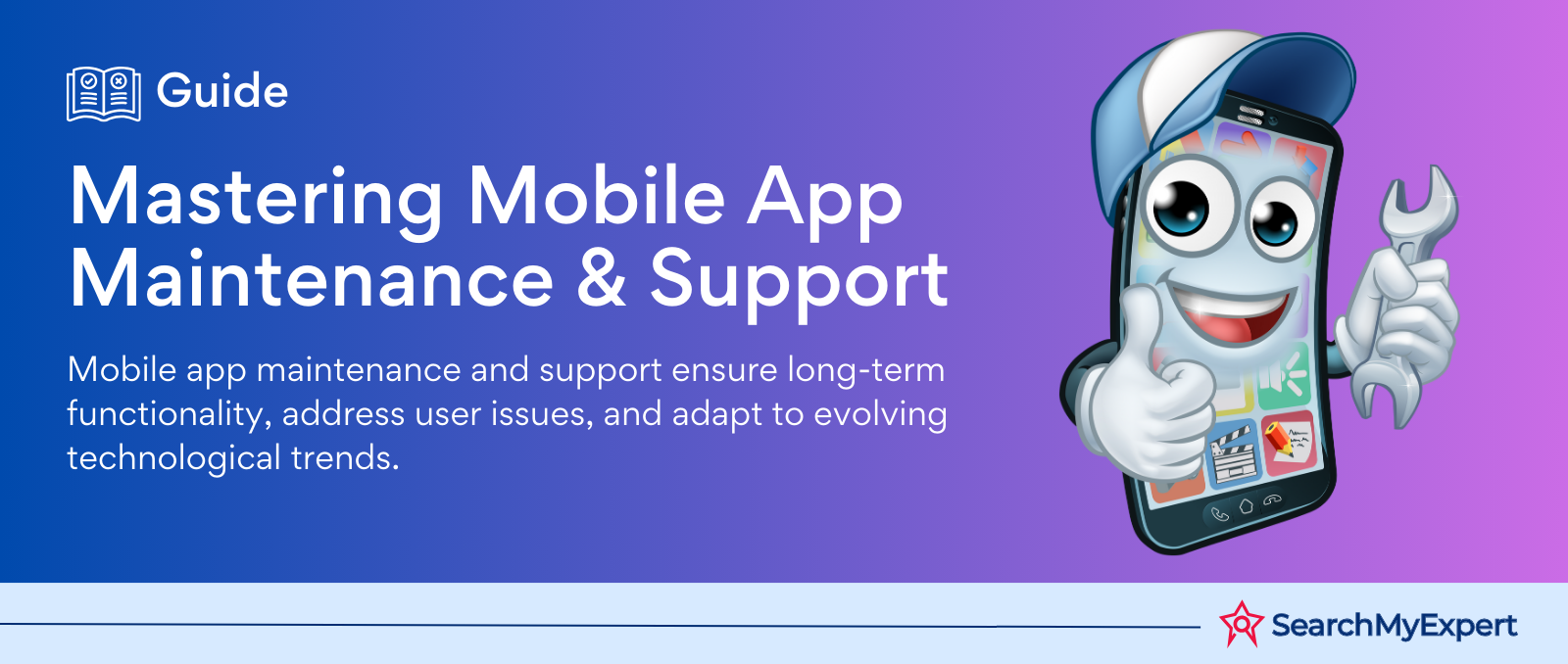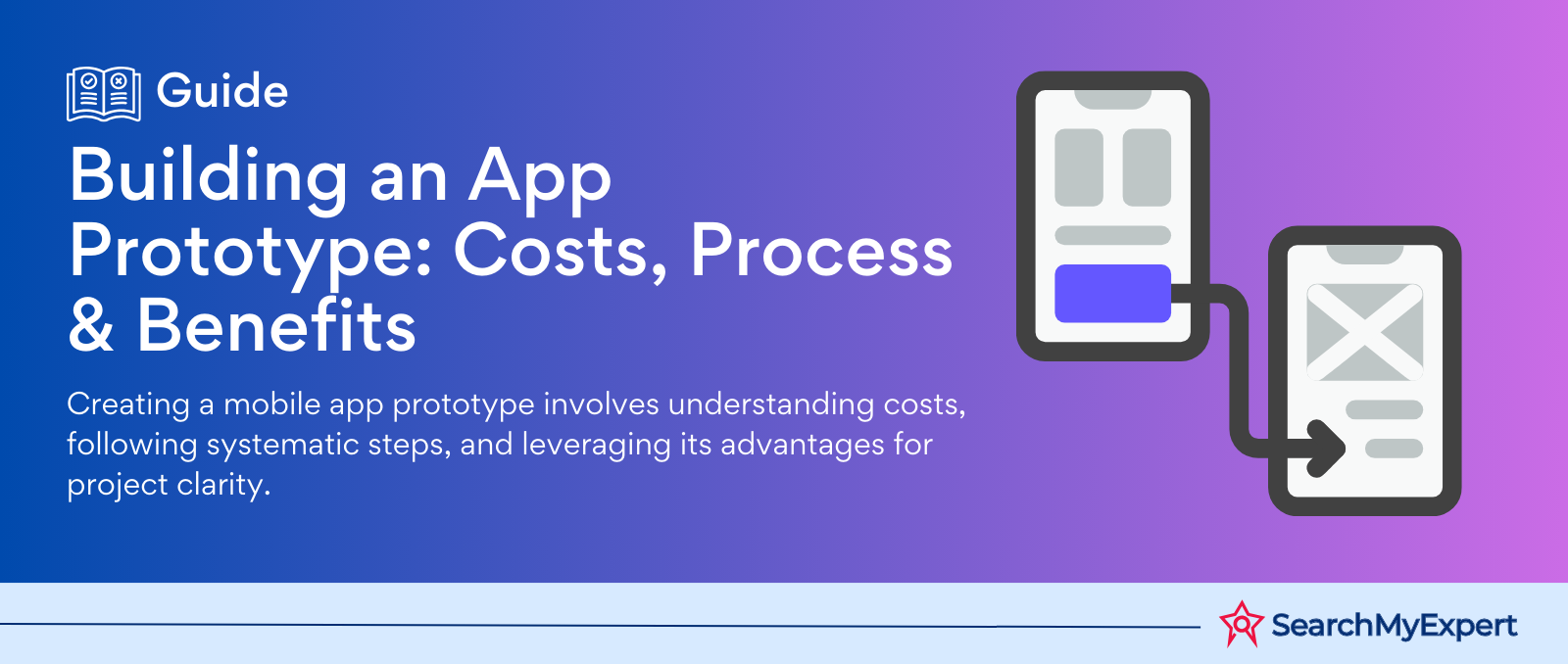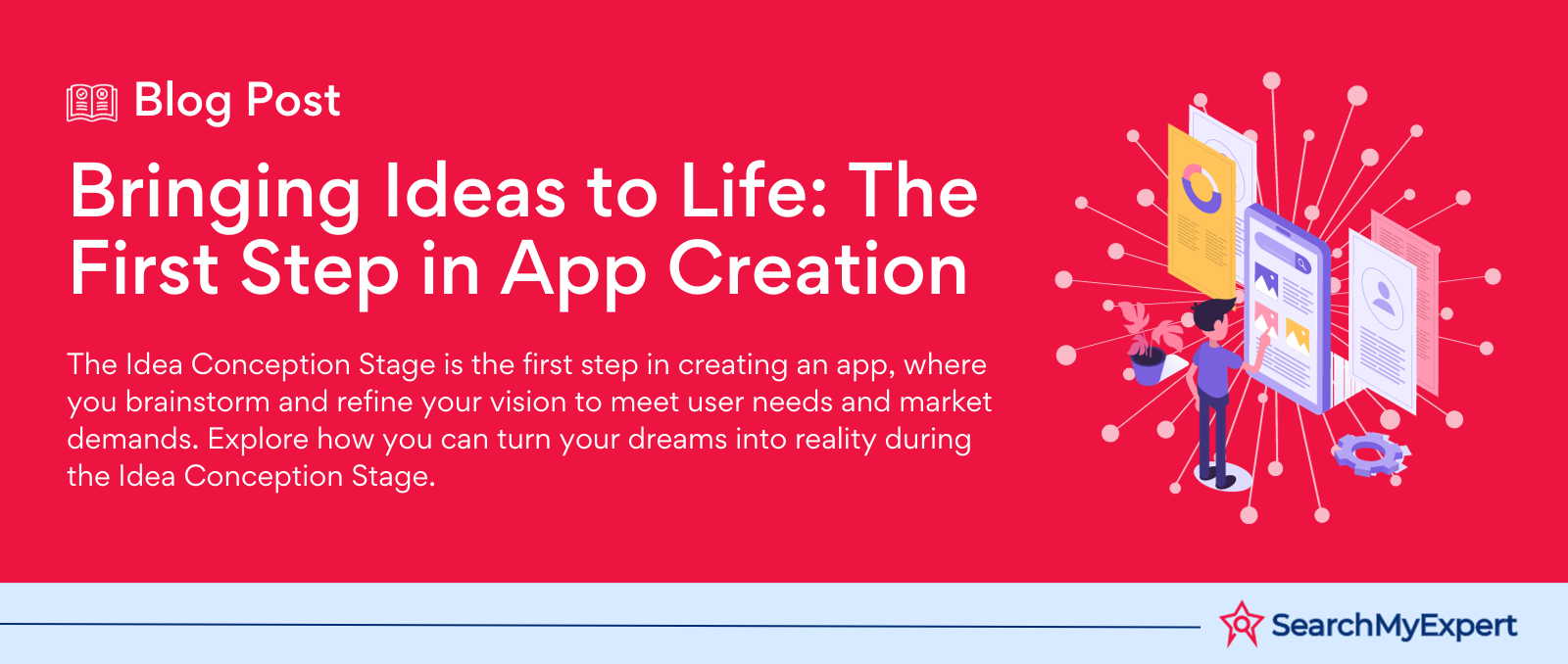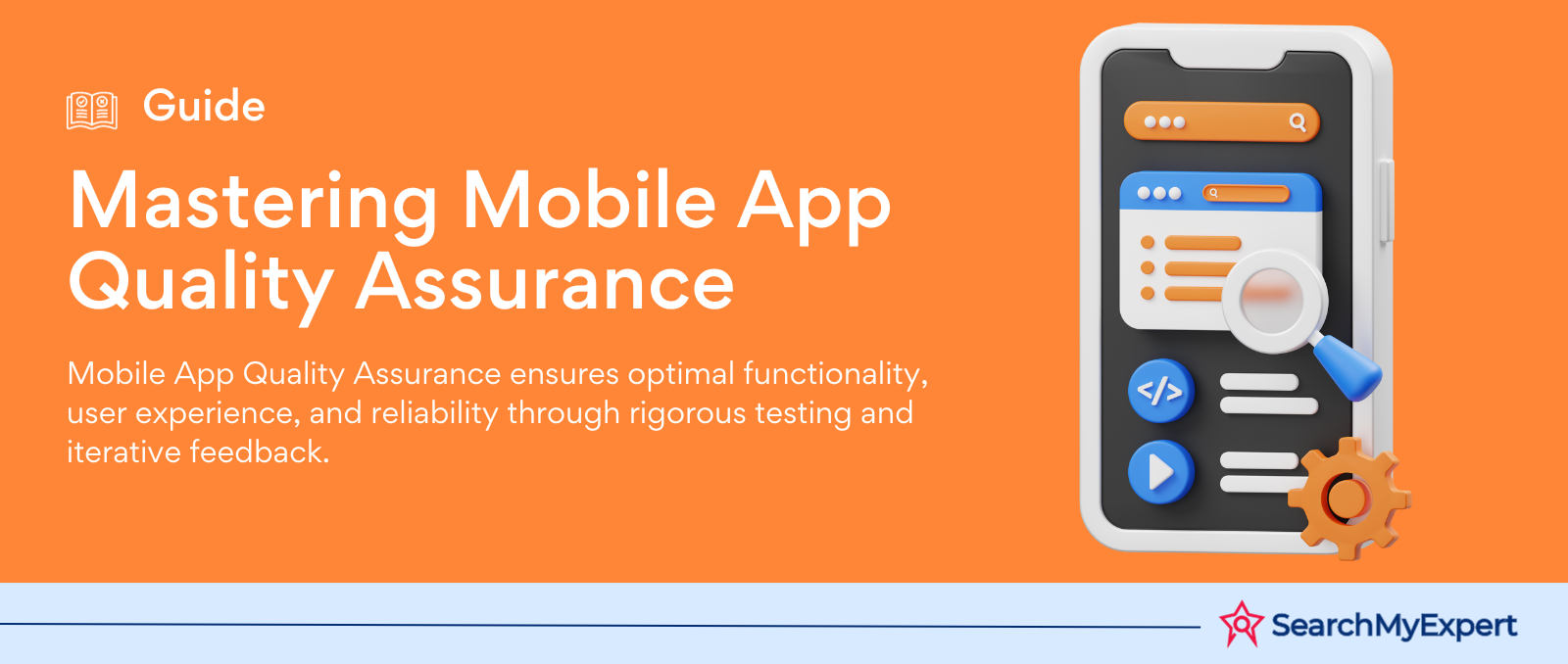In-App Purchases: Exploring Benefits and Potential Pitfalls

In-app purchases have transformed the landscape of mobile applications, presenting a lucrative opportunity for developers while also raising concerns about security and the targeting of vulnerable demographics. As technology rapidly advances, it's essential to understand the mechanisms behind in-app purchases and their broader implications.
Overview of In-App Purchases
In-app purchases allow users to procure goods or services directly within an application on devices like smartphones and tablets. They offer developers an avenue to distribute their applications at no upfront cost to the user, deriving revenue from within the app instead.
Key Insights:
- Functionality: In-app purchases facilitate the acquisition of goods and services within a mobile application environment.
- Monetization Strategy: They enable developers to release applications without an initial fee, earning through in-app sales and advertising.
- Potential Risks: Transactions executed via mobile devices can pose security challenges, particularly if authentication mechanisms are weak or payment details are inadequately safeguarded.
Advantages of In-App Purchasing
In-app purchases provide a dynamic method for developers to monetize their applications, bypassing traditional marketing avenues. A gaming application might present players with the choice of bypassing a challenging level for a nominal fee, or content providers might entice users with premium, behind-the-scenes content available for purchase.
Furthermore, the majority of in-app sales revolve around procuring the ad-free variant or the comprehensive version of an application, enhancing user experience.
Essential Considerations in the World of In-App Purchases
Various application storefronts, including Google Play and Apple's App Store, facilitate the download of apps equipped with in-app purchase features. These platforms generally notify users regarding the presence of such functionalities. Many also provide refund options under specific conditions. A significant proportion of these in-app transactions' revenue is typically claimed by the hosting application store.
Importantly, the "freemium" model—where primary services are free, and premium features are available through in-app purchases—has become a dominant strategy for monetizing mobile content and applications. These purchases are seamlessly integrated into the app environment, negating the need for external websites for transactional purposes. This integration, however, means that diverting a user to an external site for a sale can breach most app store regulations since it bypasses their commission structure.
Concerns Surrounding In-App Purchases
While in-app purchases offer numerous benefits, they aren't devoid of criticism. Given that these purchases are executed on mobile platforms, there's an inherent risk of unauthorized transactions. This risk is exacerbated if users employ weak credentials or if payment data isn't securely stored. To counter this, many apps dispatch a receipt post-purchase, potentially allowing users to identify and halt fraudulent activities.
There's growing concern about in-app purchases, particularly in applications accessible to children. Numerous instances have surfaced where children inadvertently make in-app acquisitions, unbeknownst to their guardians. This inadvertent targeting, which often seems deliberate, has garnered the attention of both parents and regulatory bodies. While no universal regulations oversee in-app purchasing, the ethical ramifications of exploiting younger users for profit have ignited widespread debate.
This graph illustrates the benefits and risks of in-app purchases.
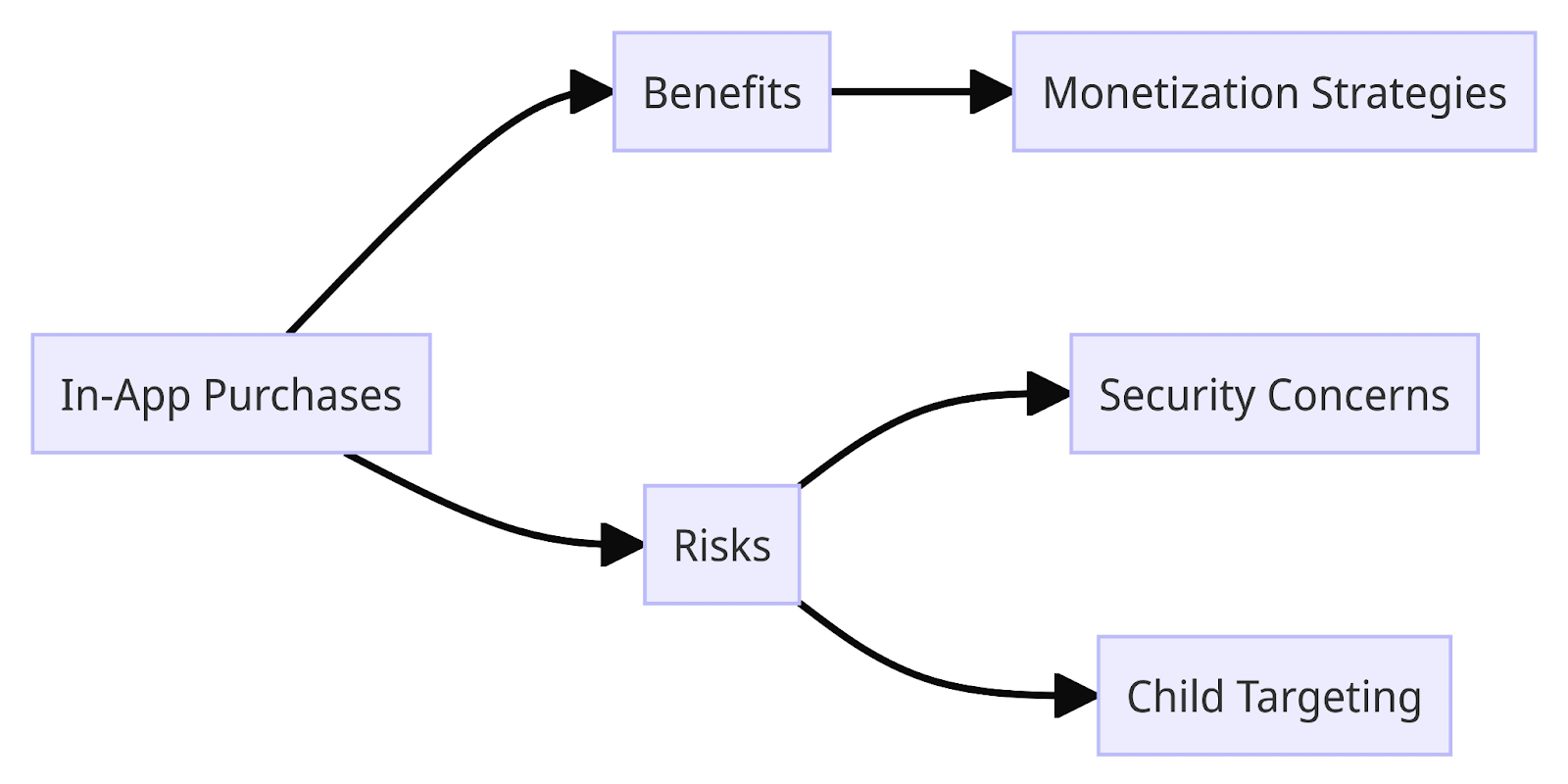
Ethical Implications of In-App Purchasing
While the financial benefits of in-app purchasing are clear for developers, the ethical considerations are more nuanced. Here's a closer look at some of these implications.
Vulnerable Demographics
Children are notably vulnerable to the allure of in-app purchases. Whether it's the draw of a new character in a game or a coveted power-up, youngsters may not always understand the financial ramifications of their actions. This can lead to unexpected bills for parents and guardians.
Prevention: It's essential for app developers to incorporate clear markers or warnings about in-app purchases in applications that are popular among children. Parents should also be educated on setting up purchase permissions on devices.
Hidden Costs and Microtransactions
Some apps are structured in such a way that the user finds it challenging to progress or enjoy the app without making frequent microtransactions. These hidden costs can accumulate quickly and often lead to users spending more than they might have on a one-time purchase app with similar functionalities.
Transparency: App developers must be transparent about potential costs within the app. A clear description of what the user can expect can lead to better user satisfaction and trust.
Psychological Manipulation
Certain in-app purchase strategies may exploit psychological triggers, such as fear of missing out (FOMO) or the sunk cost fallacy, where users feel they've invested too much to quit. These tactics can push users into making purchases they might later regret.
Ethical Design: Developers should employ an ethical design approach, ensuring that user well-being is prioritized over aggressive monetization tactics.
Future of In-App Purchasing
The in-app purchasing landscape is continuously evolving, driven by both technological innovations and user feedback. As augmented reality (AR) and virtual reality (VR) platforms become more mainstream, in-app purchases could venture into new realms, offering even more immersive experiences.
However, with these advancements come added responsibilities. Developers and platforms will need to ensure that the user is at the heart of every decision, balancing profitability with user satisfaction and safety.
Tips for Consumers
- Stay Informed: Regularly review the permissions and settings on your mobile devices to ensure you're aware of any in-app purchasing capabilities.
- Set Limits: Most platforms offer settings that allow users to set monthly or total spending limits on in-app purchases.
- Research Before Downloading: Before downloading an app, read reviews and be aware of its in-app purchasing structure. If an app seems overly aggressive in its monetization strategies, consider looking for alternatives.
Enhancing User Trust in In-App Purchasing
Trust is the cornerstone of any successful digital platform. As the number of apps relying on in-app purchasing increases, fostering user trust becomes paramount. Here’s how this trust can be nurtured and maintained:
User Education
Ensuring that users are well-informed about what in-app purchases entail is crucial.
- Tutorials: Incorporate brief, interactive tutorials that explain how in-app purchases work within the specific app context.
- FAQs: Maintain an easily accessible FAQ section that addresses common queries and concerns about in-app purchasing.
Transparent Pricing
Nothing erodes trust faster than hidden costs.
- Clear Descriptions: Each in-app purchase should have a clear description of what the user is getting. This avoids post-purchase regret.
- No Hidden Fees: Ensure there are no additional or hidden costs associated with a purchase. All fees should be disclosed upfront.
Secure Transactions
With the rising concerns over digital privacy and security, it's vital to provide a secure environment for transactions.
- Encryption: Use strong encryption methods to safeguard users' financial data.
- Third-Party Verification: Engage reputable third-party services to verify and validate the security measures in place.
Feedback Mechanisms
Allow users to share their experiences and voice their concerns.
- Reviews and Ratings: Encourage users to rate and review their in-app purchase experiences.
- Responsive Support: Ensure there's a system in place to address user grievances promptly.
The Role of Regulatory Bodies
Regulation can play a pivotal role in setting the standards for in-app purchases, especially when it comes to protecting vulnerable groups like children.
- Age Restrictions: Regulators can enforce age-based restrictions or parental controls for apps with in-app purchasing targeted at younger audiences.
- Disclosure Mandates: Regulatory guidelines can necessitate clearer disclosures about in-app purchasing, ensuring that users are well-informed before making a decision.
Case Study: Successful In-App Purchasing Models
Let's take a moment to spotlight some apps that have successfully integrated in-app purchasing while retaining user trust:
- Evernote: While the basic note-taking functionality is free, users can purchase a premium subscription for advanced features. The pricing is transparent, and the value proposition is clear.
- Pokémon GO: This AR game offers in-game currency for real-world money. The in-game purchases are entirely optional, enhancing the experience rather than dictating it.
- Spotify: The music streaming giant offers a freemium model where users can listen for free with ads or pay for an ad-free premium experience.
Conclusion
As we advance into an increasingly digital age, in-app purchasing will continue to be a prevalent monetization strategy. However, the onus is on developers and platforms to ensure they evolve responsibly. By prioritizing user trust and ethical practices, in-app purchasing can be a win-win for both developers and users, creating enriched app experiences while maintaining a sustainable revenue model.
Evolve and Adapt with leading
App Development Companies.
share this page if you liked it 😊
Other Related Blogs

Mastering Docker for App Development: A Comprehensive Guide to Benefits, Use-Cases, and Alternatives
STAY UP TO DATE
GET PATH'S LATEST
Receive bi-weekly updates from the SME, and get a heads up on upcoming events.
Contact Us





